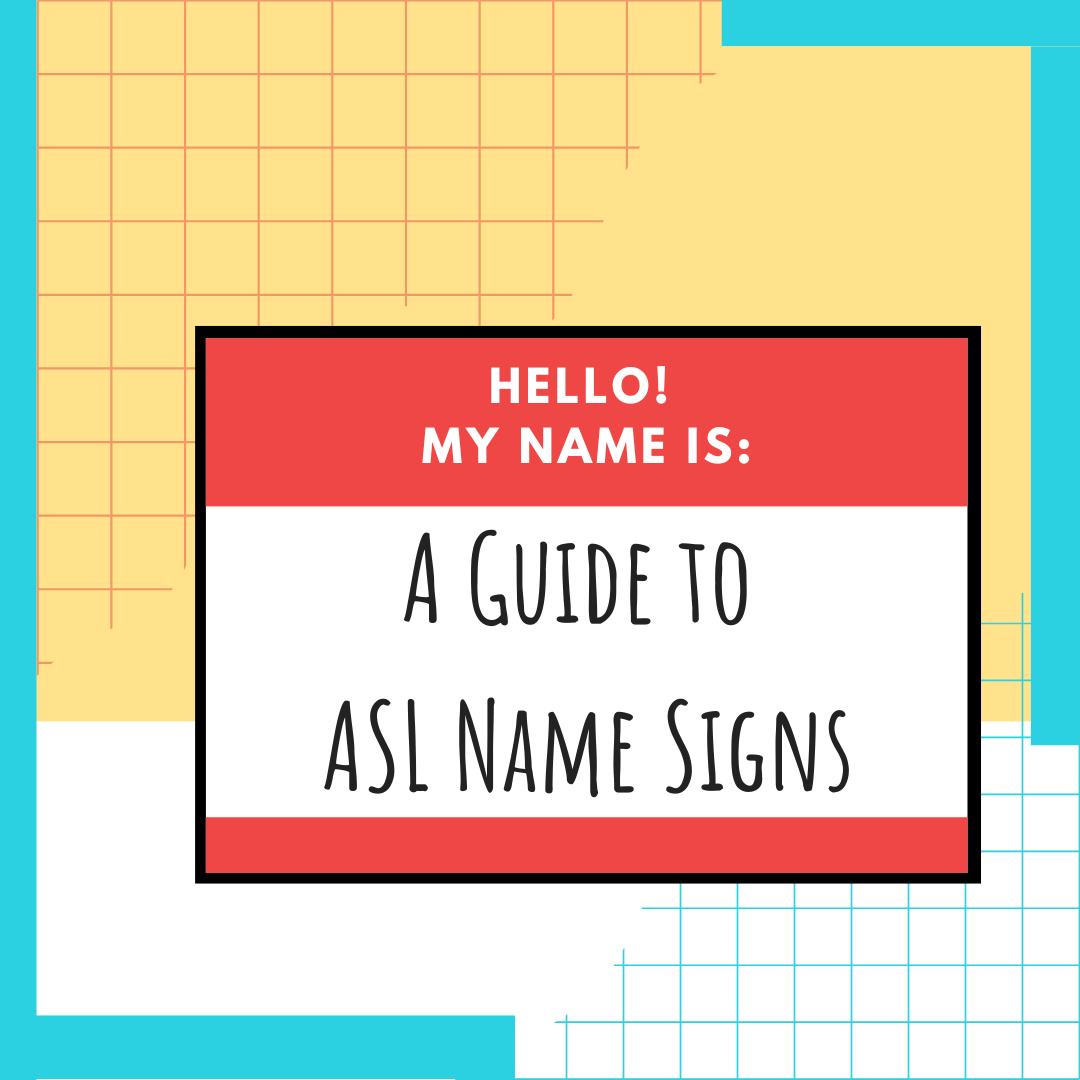
Learn ASL Signs for Space and Science: Exploring Europa
- by Dennis Valansi

There are a few places where you can find signs in American Sign Language topics that may not be mainstream topics. Short videos with signs, like these NASA signs, can help you learn more about sign language. Learn American Sign Language signs for NASA, rockets, Europa, Moon, Jupiter, radiation, ice, and ocean.
People in the Deaf community also use videos like ours to learn about the signs and how to become more interested in the world around us. Social media has helped to spread the knowledge of sign language. Before this video, I did not know Europa, one of the moons of Jupiter, was signed water-moon in American Sign Language. Learn more about NASA signs in American Sign Language with StartASL!
Learn American Sign Language for Europa and more here!
NASA: Sign “NASA” by fingerspelling N-A-S-A.
will send: Use a gesture like pushing forward with your dominant hand, indicating sending something.
rocket: Sign “rocket” using the “R” handshape moving upward.
to: Use a directional sign indicating movement toward something.
Europa: You can fingerspell E-U-R-O-P-A or use a descriptive sign if known.
one of: Indicate “one” with your dominant hand.
Jupiter’s: Sign “Jupiter” (fingerspell or use a sign if known).
many moons: Use both hands in a “5” shape to indicate multiple objects, moving them in a circular motion.
The Europa Clipper is an exciting mission by NASA aimed at exploring Europa, one of Jupiter’s moons. It will investigate the moon’s icy surface and potential subsurface ocean to assess its habitability and search for signs of life.
NASA cannot send people on its rocket because of the harsh environment around Jupiter. Jupiter is known for its intense radiation environment, primarily due to its powerful magnetic field and the presence of charged particles. The planet’s magnetic field is about 20,000 times stronger than Earth’s, which traps charged particles from the solar wind and its moons, creating radiation belts similar to but much more extreme than Earth’s Van Allen belts.
This radiation can be hazardous to spacecraft and can impact the atmospheres and surfaces of its moons, especially the ones like Io, which is highly volcanic and has a thin atmosphere. Scientists study this radiation to understand more about Jupiter’s complex magnetosphere and its effects on its moons and potential habitability.
NASA considers the exploration of Europa, one of Jupiter’s moons, to be of great importance due to its potential to host life. Europa has a subsurface ocean beneath its icy crust, which may contain more than twice the amount of water found on Earth. This ocean is thought to be in contact with the moon’s rocky mantle, creating the potential for chemical interactions that could support microbial life. Europa is one of Jupiter’s largest moons and is particularly intriguing for several reasons:
- Subsurface Ocean: Europa is believed to have a vast ocean of salty water beneath its icy crust, which could be more than twice the volume of Earth’s oceans. This raises the possibility of conditions suitable for life.
- Icy Surface: The moon’s surface is primarily composed of water ice, marked by cracks and ridges that suggest tectonic activity. These features indicate that the ice may be moving and possibly interacting with the ocean below.
- Potential for Habitability: The interaction between the ocean and the moon’s rocky mantle could create a chemically rich environment, potentially supporting microbial life. This makes Europa a prime target in the search for extraterrestrial life.
- Thin Atmosphere: Europa has a very thin atmosphere, primarily composed of oxygen, but it’s not thick enough to support human life.
- Exploration Missions: The upcoming Europa Clipper mission will conduct detailed studies of the moon’s ice shell, ocean, and surface, aiming to gather data that will help determine its habitability.
Europa remains one of the most exciting places to explore in our solar system, with its unique features and the potential to enhance our understanding of life’s possibilities beyond Earth.
The upcoming Europa Clipper mission aims to conduct a detailed reconnaissance of Europa’s ice shell and subsurface ocean, studying its composition, geology, and potential habitability. Understanding Europa is crucial for broader questions about life beyond Earth, and the mission is expected to provide valuable insights into not only Europa itself but also the conditions that may exist on other icy worlds in our solar system and beyond.
Scientists believe that Europa has a subsurface ocean of salty water, estimated to be around 40 to 100 miles (about 60 to 160 kilometers) deep. This ocean lies beneath a thick ice crust and is thought to contain more water than all of Earth’s oceans combined.
The potential for this salty ocean to interact with Europa’s rocky mantle raises exciting possibilities for chemical reactions that could support life. The exploration of Europa through missions like the Europa Clipper will help us learn more about the moon’s ice shell, the ocean beneath it, and the potential for habitability, making it a key target in the search for extraterrestrial life in our solar system.
The Europa Clipper mission is scheduled to launch on October 10, 2024. After its journey through space, the spacecraft is expected to arrive at Europa in 2030. The distance from Earth to Jupiter varies significantly depending on their positions in their respective orbits around the Sun. On average, Jupiter is about 484 million miles (778 million kilometers) away from Earth. However, this distance can range from approximately 365 million miles (588 million kilometers) at its closest approach (opposition) to about 601 million miles (968 million kilometers) when they are on opposite sides of the Sun. This variability makes space missions to Jupiter, like the Europa Clipper, require careful planning and trajectory adjustments.
During its mission, Europa Clipper will conduct detailed reconnaissance of the moon, using a suite of scientific instruments to study its ice shell, subsurface ocean, and surface characteristics. The long journey allows the spacecraft to gather the necessary energy and trajectory adjustments to ensure a safe arrival and successful exploration of this fascinating moon. The data collected will provide crucial insights into Europa’s potential for supporting life and enhance our understanding of icy worlds in general.
The Europa Clipper gets its name from the historical “clipper” ships, which were known for their speed and agility. Just like those ships, the Europa Clipper rocket is designed with lightweight materials to optimize performance and efficiency for its mission.
The use of advanced materials helps reduce the weight of the spacecraft, allowing it to carry more scientific instruments and operate more effectively during its long journey to Europa. This clever nod to maritime history reflects the spirit of exploration, as both the clipper ships and the Europa Clipper are designed to venture into uncharted territories, whether on the oceans of Earth or the icy moons of our solar system.
Learn American Sign Language for a rocket launch!
There are 5 parameters in ASL:
Location
Palm Orientation
movement
handshape
non-manual markers
Europa: Europa is one of the many moons of Jupiter. Europa is believed to have salty water ocean under its icy shell.
-Location: Begin on Chin on face then above head
-Palm Orientation: Hand is oriented laterally
-Movement: Begin on chin then move hand to above head to show place of Europa in space
-Handshape: Since Europa has salty water ocean, W is the handshape used then transition to handshape for MOON
-non-manual markers: Mouth the word EUROPA and soft facial expression
Moon:
To sign “moon” in ASL, you typically use the dominant hand in with forefinger and thumb oriented in a “C” shape, moving it in a circular motion
The five parameters to consider are handshape (C), palm orientation (facing down), location (begin on chin then move to above head), movement (lateral from chin to above head), and facial expression (soft or contemplative).
Ocean
To sign “ocean” in ASL, use both hands in a closed “B” shape keeping thumbs on side, palms facing down. Move them outward in a wave-like motion.
The five parameters are: handshape (B), palm orientation (downward), location (in front of you), movement (outward waves), and facial expression (calm or serene). Some people just sign ocean by showing movement of waves while others start with signing WATER then ocean.
WATER: To sign “water” in ASL, use your dominant hand in the “W” handshape, tapping your chin or your mouth.
The five parameters are: handshape (W), palm orientation (facing towards you), location (near your face), movement (tapping), and facial expression (neutral or slight smile).
Ice
To sign “ice” in ASL, use your dominant hand in a “5” handshape shaped like a claw, with fingers spread, and move the fingers until the handshape almost look the letter E.
The five parameters are: handshape (5), palm orientation (facing down), location (in front of you), movement (shaking), and facial expression (cool or relaxed).
Rocket
To sign “rocket” in ASL, use your dominant hand in a “R” handshape, pointing it upward while moving it slightly upward in a quick motion.
The five parameters are: handshape (R), palm orientation (facing forward), location (above your head), movement (upward motion), and facial expression (excited or focused).
Jupiter
In the field of STEM (Science, Technology, Engineering, and Mathematics), many signs are not formally established and are still in development in the Deaf community. Jupiter is known to have many moons, so the nondominant hand is shaped like a closed S while the dominant hand symbolizes the many moons with a handshape of a open 5 half orbiting the nondominant hand.
-Palm Orientation: Dominant hand facing towards the nondominant hand
-Location: in front of you around mid-chest
-Movement: Dominant hand half orbiting the nondominant hand
-Handshape: Dominant hand: Open 5, curved Nondominant hand: Closed S
-non-manual markers: Mouthing word JUPITER
Start Learning ASL Today!
 Ready to start learning real American Sign Language and not just basic signs? Do you want to be a part of the vibrant Deaf community? Check out our Free ASL 1 Course or our Complete 4-Level ASL Course options and start learning ASL today!
Ready to start learning real American Sign Language and not just basic signs? Do you want to be a part of the vibrant Deaf community? Check out our Free ASL 1 Course or our Complete 4-Level ASL Course options and start learning ASL today!








